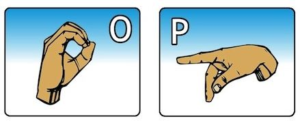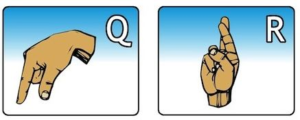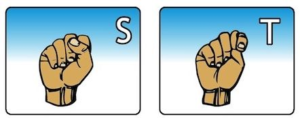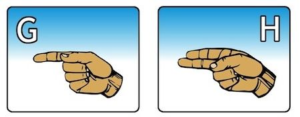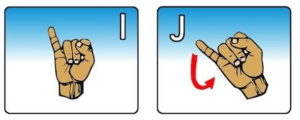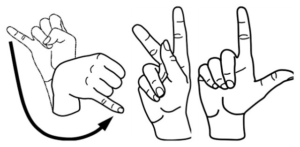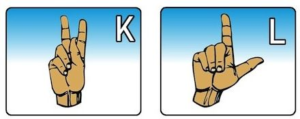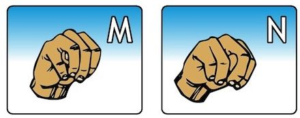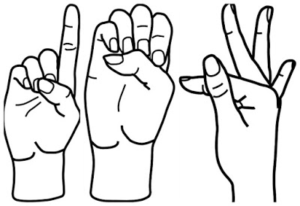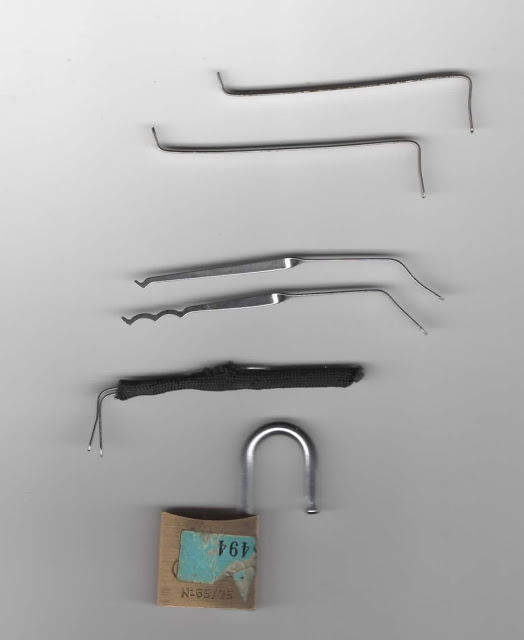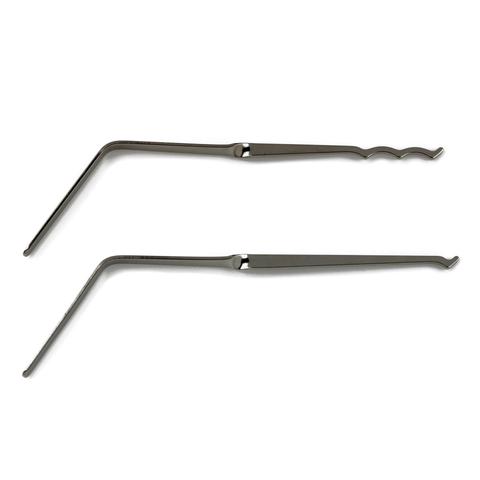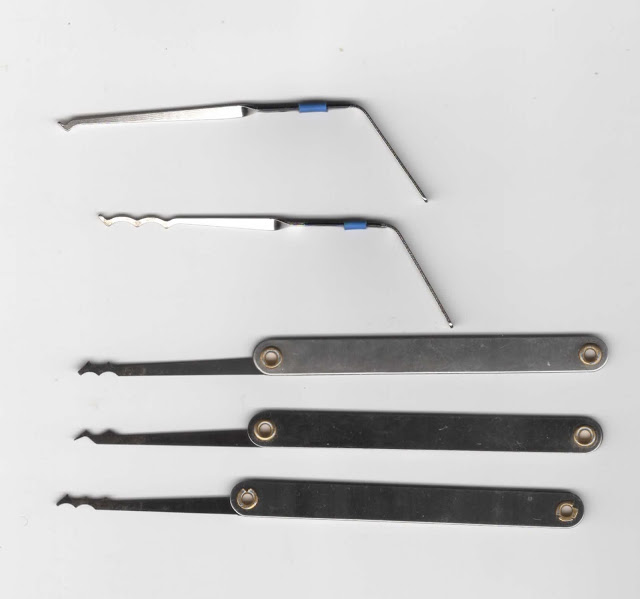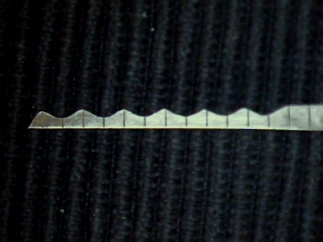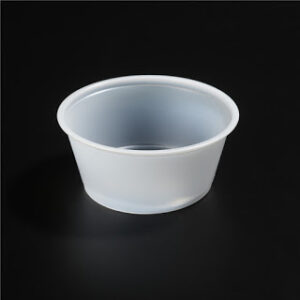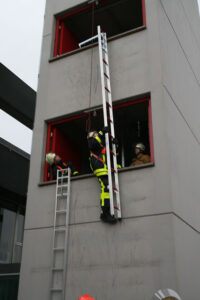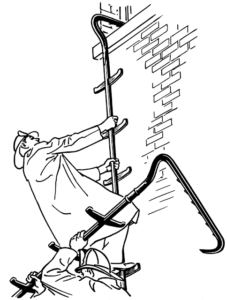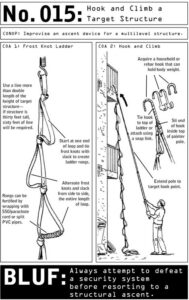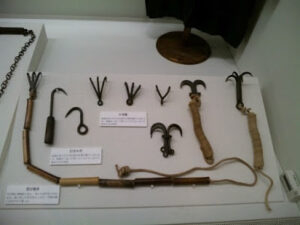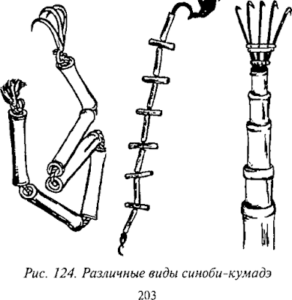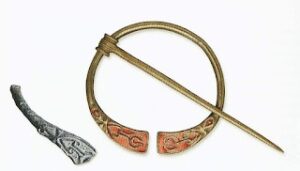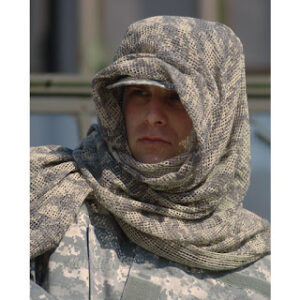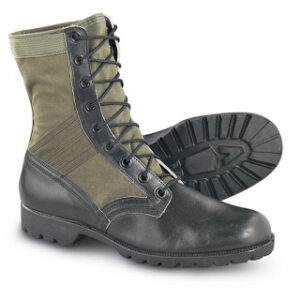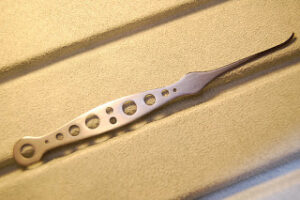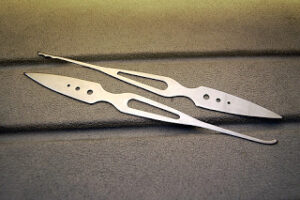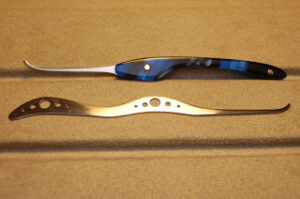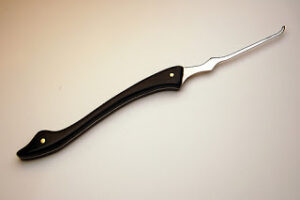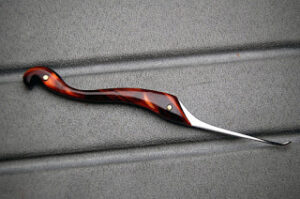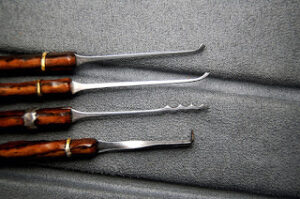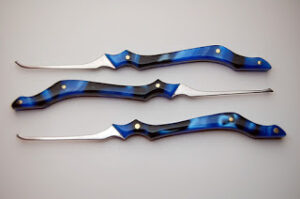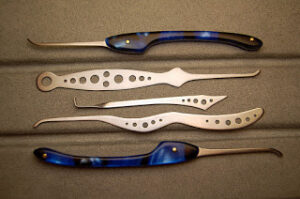Sleeping Through the Apocalypse
In part one of this discourse I fielded the idea that your survival kit should start with a suitable outfit of boots and clothing, including hats, bandannas and gloves.
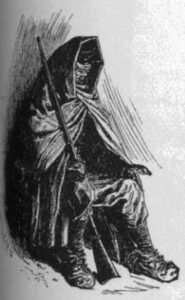

I’ll continue with a few further thoughts on “neckwear”. While useful, most modern bandannas are a little on the small side. Kephart advocated a silk neckerchief either 27" or 36" square. In “Jack Knife Cookery” James Austin Wilder stated that a scout’s neck cloth be “two cubits”. This page suggests a 30-40" square.
While researching today’s post I came across the “pashmina” shawl below. We tend to think of such garments as something for the ladies, but the potential of such a thing for any outdoorsperson should be obvious. At 190 x 70 cm it is effectively a mini-blanket.
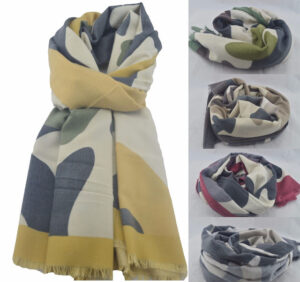
To the ensemble we discussed yesterday, I will suggest a further addition, which is that of eyewear.
If you need glasses you may have them already with you when you reach your emergency kit. Ideally your kit should include a spare pair, but this is often not financially practical for many of us. If you are blessed with perfect vision, your kit should include a pair of sunglasses. Not only do these protect from sun and snow glare but also from thorns and branches in the woods.
If you need prescription glasses they should be selected from styles that cover as much of the eye area as possible.
Retainer bands, to stop you losing your glasses during rough travel are worth acquiring.
Protective goggles are another prudent addition to your kit, particularly if you operate somewhere where dust storms or harsh wind are common.
While a lower priority than the other clothing items we have discussed, gaiters are a useful addition to any cross-country kit.
In part one of this discussion I stated that if your cold weather gear had you perfectly comfortable when you were standing around, you were wearing too much for hiking. Put another way, you should be slightly chilly when standing around in your marching order. So what happens when you finally make camp and are less active? Obviously, you have to wear more. This is time to break out the blanket!
Blankets are ideal for sitting around camp, standing watch or waiting in a stand. In previous blog posts we have looked at various ways to use blankets as garments. It may be prudent to pack a few large safety pins, blanket pins or cloak pins in with your blanket.
Why a blanket, you may ask? Modern people use sleeping bags! You can wrap a sleeping bag around yourself too! Indeed you can. Typically good blankets (or poncho-liners) cost less than good sleeping bags. If, like so many of us, you are on a limited budget then the purchase of a good blanket for your emergency supplies is a better investment than that of a cheap sleeping bag.
You can add a quality sleeping bag when you have the money, and use your blanket with it if you wish.
Another consideration is that sleeping bags should be stored unrolled, while a blanket is quite happy rolled up with your other emergency items.
Available now are blankets (“throws”) made of synthetic fleece. I've not actually used these in the field but often use one at home.
For field use. they may not have the wind resistance for use as outer wear. That can be solved by the addition of a more wind resistant outer layer such as a rain-poncho.
Around the same time that you buy yourself a good blanket, get yourself a rain-poncho, small tarp, basha-sheet or all-weather blanket.
Whatever you choose should be capable of serving as both a rain-garment and a shelter cloth. Add usefully long lengths of paracord to each eyelet and roll or bundle them up so they are out of the way until needed. See my knot book for some ways to do this.
Attaching such cords is better done at home in the warm rather than when out in the field when cold, wet and tired. You should be able to wear your poncho/sheet over your blanket if necessary. At night, you rig it as a roof while you curl up in your blanket.
There are many items that you can add to your emergency kit to make your sleep more comfortable, and you probably will.
The rain-poncho and blanket are the very basic must-haves that will keep you warm and dry whether awake or sleeping.
After suitable clothing, they are the first items your kit should acquire.
A foam or foil kip mat might be the next item to acquire. These are relatively inexpensive and can greatly increase your comfort at night, protecting from both the damp and chill of the ground.
In certain environments, where trees and roofs are scarce, some tent pole sections and pegs may be an early purchase.
Human nature being what it is, your possession of basic essentials such as a blanket and poncho may make you a target for theft and attack.
Next on the shopping list is a knife. The knife is not just a defensive weapon, it is a tool that can be used to manufacture shelter, build fires, prepare food and, if necessary, create better defensive weapons. Many bug-out bags include expensive folding knives.
Your primary knife in your emergency kit should be fixed blade and capable of the heavy work that I have described. My first choice is my 10" sirupate kukri, accompanied by a puukko and brog.
If you are on a budget, a machete is far from the worst choice you could make.
Your kit should include some means to resharpen your blade. You will also need a belt or similar so this vital tool can be worn on your person.
For an in-depth discussion on survival blades and how to use them see my book Survival Weapons.
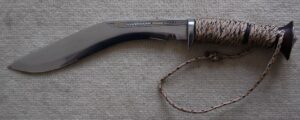
Water is the next consideration.
Your kit should include a couple of litres of bottled water, more if you are in an arid region.
You sometimes encounter nonsense about storing water. As a qualified microbiologist I can tell you water will not “go off” if it has been properly sterilized.
Water is heavy and bulky, so you can only carry a limited amount.
Your kit should also include a supply of water purification tablets. These are valuable so carry them in the cargo pocket of your trousers.
Before using other purification methods, filter water to remove gross contaminants. This is another job for a bandanna!
In an emergency situation, it is prudent to carry at least a litre of water on your person whenever practical.
This is in addition to the water supply in your pack. This doesn’t have to be an army water bottle, although their shape is well suited to this task, so get one if the price is reasonable.
“Civilian” plastic water bottles and bladders can be used instead, so long as they are convenient to carry.
Some military bottle pouches can be rather over-engineered. Modern military pouches are designed to fit on the belt and assume a load carrying system is worn.
A shoulder strap may be a more convenient arrangement. Consider a strap or paracord carrier for your bottle or a mesh or cloth bag.
In a previous blog. I described how to create a simple, effective fire kit. Add this to a cargo pocket of your emergency trousers.
You are far less likely to remove your trousers than a jacket or shirt. Thus some of your most useful items are carried in your trouser pockets rather than your pack, jacket or belt order.
You should also have a lighter as a component of your everyday carry.
There should be an emergency disposable lighter in each of your outdoor coats. Throw a few spares into your emergency bag.
Your emergency kit contains two medical kits. The more extensive one is carried in your pack, preferably where it can be quickly located.
You also should have a pocket kit that lives in a trouser cargo pocket. This is just a small selection of plasters, aspirin and alcohol wipes.
Your cargo pockets should also include at least one foil blanket. These cost a pittance but can save lives. It is worth stocking up on a few spares.
If you need particular medication, you should have it located close to where your emergency kit is stored.
Ideally you would have it packed in the kit, but stocking up on prescription items is often not practical, and you may need to make sure items are relatively fresh.
It is a good idea to store a checklist with your emergency kit. This lists items that you may need that are not stored with the main kit and can be useful when you are flustered or in a hurry.
The knife or knives in your emergency kit are supplemented by something such as a Swiss Army knife (SAK).
Mine is part of my everyday carry and is accompanied a mini-leatherman Squirt. Together, these weigh 6¼ oz/ 178 gm so are several ounces lighter than many single full size multi-tools.
The SAK includes a fine screwdriver that stores in the corkscrew. This can be used to repair spectacles and sunglasses.
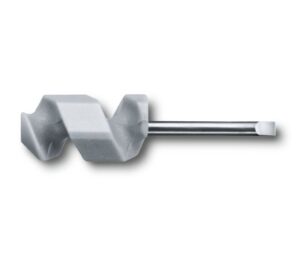
That concludes the second part of this discussion. Third part to follow soon.
